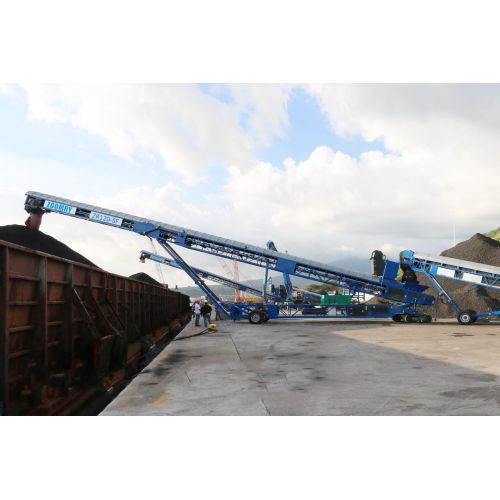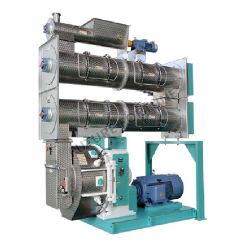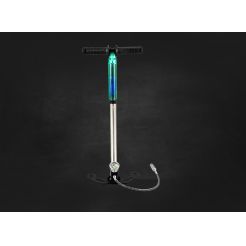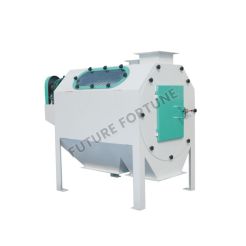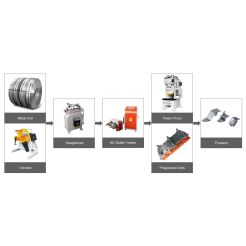Mobile Ship Loader
Product Description
https://www.zoomryhi.com/tracked-ship-loader-p.html
The operation of a mobile ship loader involves the following steps:
Positioning: The mobile ship loader is positioned at the appropriate location on the dock, aligning it with the cargo hold of the ship to be loaded.
Conveyor Setup: The conveyor system is extended and configured to the required height and angle to reach the ship's cargo hold.
Material Loading: Bulk materials are fed onto the Conveyor Belt from the storage area, which could be a stockpile or a storage facility near the dock.
Loading Onto Ship: As the conveyor moves, the materials are transported along its length and deposited into the ship's hold. The conveyor's adjustable height ensures even distribution of the material within the hold.
Monitoring and Control: Operators oversee the loading process using various controls and monitoring systems. These systems help regulate the flow of materials, prevent overloading, and ensure safe and efficient loading.
Adjustments: If needed, adjustments are made to the conveyor's height, angle, and loading rate to accommodate the ship's changing draft (the depth of the ship in the water) as it is loaded.
Completion and Moving: Once the ship's hold is adequately loaded, the conveyor is retracted, and the mobile ship loader can be moved to another loading point on the dock or to a different vessel.
Mobile ship loaders offer advantages in terms of reducing infrastructure costs since they eliminate the need for fixed loading equipment. Additionally, they allow for quicker loading and unloading operations, which can lead to reduced turnaround times for ships at the port.
